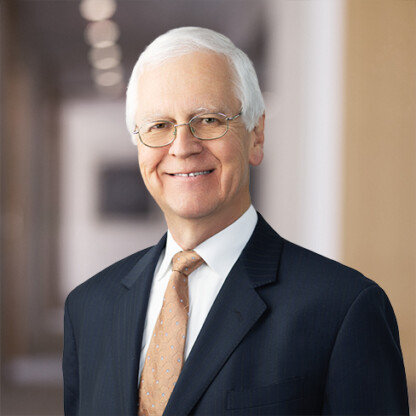Simultaneous Decisions from the 7th Circuit: How the Later-Argued Case Became Binding Precedent

The Seventh Circuit is very serious about treating its panel decisions as the “law of the court” unless and until they are overruled by the en banc court or a higher authority. Hence, its Circuit Rule 40(e) requires a panel that contemplates issuing an opinion that would overrule a prior decision or create a conflict between or among circuits to circulate it among the active members of the court, affording a majority the chance to order the case reheard en banc.
A couple of months ago, we discussed Rubin v. Islamic Republic of Iran, the case in which the opinion of a Seventh Circuit panel arguably overruled a prior Seventh Circuit decision and created a circuit split, either of which would normally have precluded its publication without complying with Rule 40(e). But five of the nine active judges recused themselves from the case, so there could not be a majority to vote to rehear en banc and the panel decision was published as the law of the circuit. We mentioned this case again earlier this month, when the Supreme Court asked for the views of the Acting Solicitor General on whether the Court should grant certiorari.
Now another unusual sequence of events throws further light on the court’s commitment to following the law laid down by its first panel to decide an issue.
The court today issued two opinions about the same subject, whether a state-law claim is pre-empted by a provision of the Securities Litigation Uniform Standards Act, 15 U.S.C. § 78bb(f)(1)(a). The first of the cases to come to the court, Goldberg v. Bank of America, No. 11-2989 (Jan. 23, 2017), was argued five years ago, in January 2012. The original panel consisted of Judges Richard Cudahy, Frank Easterbrook, and David Hamilton. We suspect (we can’t prove it, but it’s the only scenario that makes sense) that the opinion was going to be 2-1 to reverse the district court’s dismissal of the case, with Judge Cudahy writing and Judge Easterbrook dissenting. The later of the cases, Holtz v. JP Morgan Chase Bank, No. 13-2609 (Jan. 23, 2017), was argued in April 2014 before a panel of Judges Easterbrook, Daniel Manion, and Diane Sykes. This panel apparently voted to affirm the district court’s dismissal of that case but, appropriately (and again, while we can’t prove it, this is almost certainly what happened), held its decision awaiting issuance of the previous panel’s opinion in Goldberg.
Judge Cudahy died in September 2015, without the panel majority’s having issued its Goldberg decision. After what was surely some discussion between the panels (facilitated, no doubt, by Judge Easterbrook’s being on both), the Goldberg panel, now evenly divided, was filled out in December 2016 by the random addition of Judge Joel Flaum. After reading the briefs and listening to the 2012 argument tape, he voted to affirm.
Today, the unanimous panel in Holtz issued its decision, written by Judge Easterbrook, and the Goldberg panel issued a per curiam affirmance based on the authority of Holtz. Judge Hamilton wrote a dissent in Goldberg. Thus did Holtz, rather than Goldberg, establish the law of the circuit.
